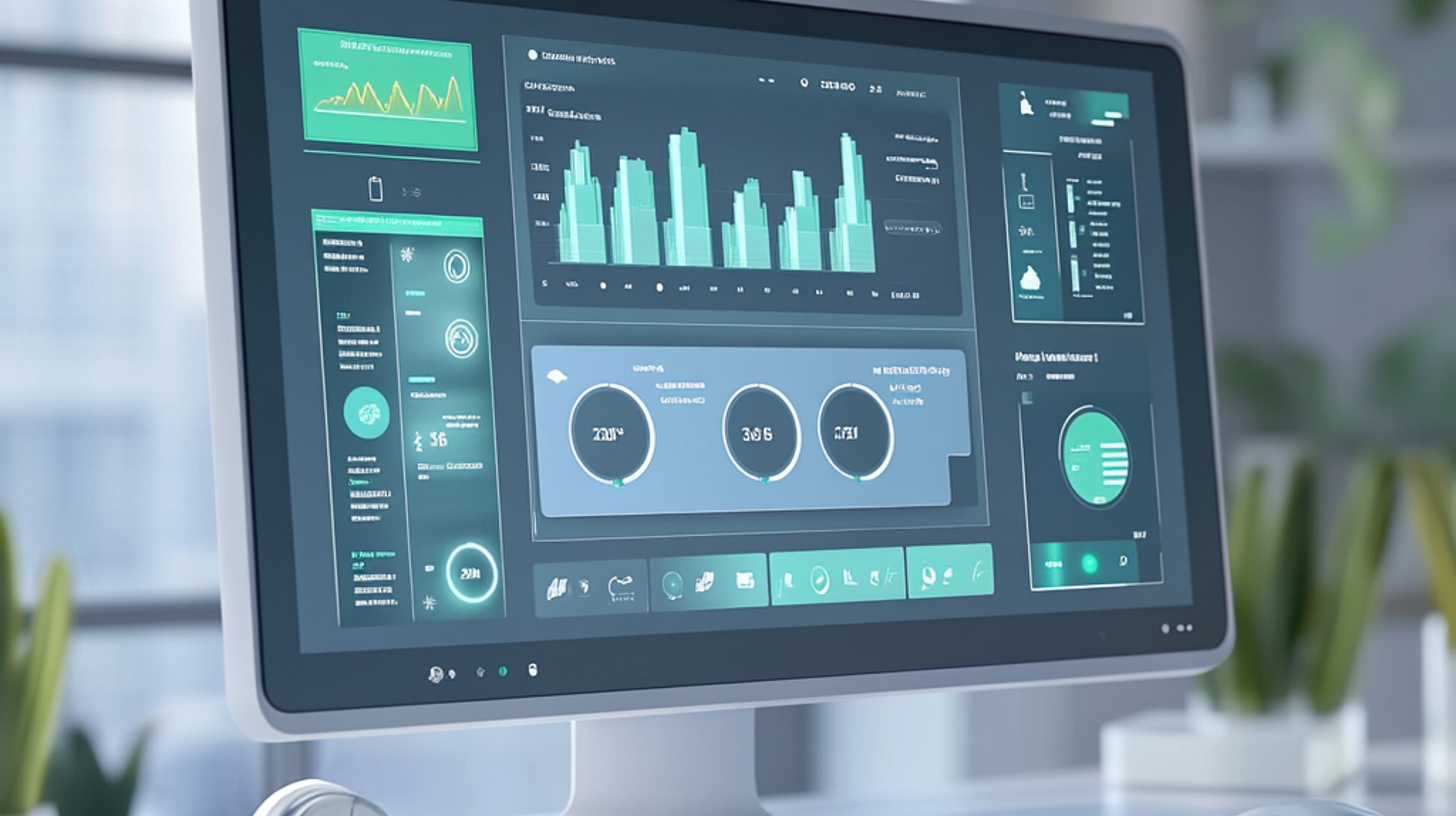Why Compliance Automation Is the Key to Scaling
If you run a third-party collection agency, you already know the pressure points: tighter compliance rules, rising operational costs, and consumers who expect digital-first communication. Add in regulators like the CFPB and FTC—who have recovered billions for consumers harmed by unlawful debt collection—the stakes are higher than ever.
For most agencies, the traditional path to growth meant hiring more collectors. But manual oversight doesn’t scale. Without debt collection automation, you risk ballooning overhead, human error, and compliance fines that eat into margins.
Modern agencies are winning by using AI-powered, cloud-based debt collection software to streamline compliance—not just make it easier, but fully automate it. The result? Higher recovery rates, stronger customer satisfaction, and the ability to scale without hiring.
6 Compliance Areas You Can Automate Today
1. Contact Frequency & Call Caps
The Fair Debt Collection Practices Act (FDCPA) and Regulation F introduced the now-famous “7-in-7” rule: no more than seven call attempts in a rolling seven-day period. But state laws often go further. Learn more here: Modern Debt Collection Solutions | State Laws Agencies Must Know.
With manual oversight, your collections team risks violating these rules with every phone call or voicemail. Automated systems enforce call caps in real time, validating the phone number and time zone before dialing. That means no early morning or late-night calls slipping through.
✅ Key Benefit: Eliminates the need for manual intervention, protects against lawsuits, and allows collectors to focus on high-value conversations instead of double-checking call logs.
2. Consent Tracking & Revocation Logging
Under the TCPA, calling or texting a consumer without documented consent can cost your agency $500–$1,500 per violation. That’s why automated workflows are critical for managing:
- Pass-through consent from creditors.
- Revocation requests (opt-outs via SMS, email, or phone).
- Consent changes across all channels, not just one.
- Consent received dates and expiration
The modern omni-channel consumer can potentially be engaged via multiple communication methods at once. Tracking which ones they prefer, have opted in/out of, and when that consent expires is crucial. AI-driven automation ensures compliance across the entire collection system, reducing the risk of costly missteps.
✅ Key Benefit: Protects your agency from TCPA fines and saves staff hours on manual tracking.
3. State-Specific Disclosures & Licensing
Every state has its quirks. California requires extra disclosures under the Debt Collection Licensing Act, while Texas enforces bond requirements and limits on misleading letters.
Instead of asking collectors to memorize 50 state overlays, a modern CRM or debt management system applies state-based compliance logic automatically. When an account is tagged to a California consumer, disclosures populate automatically. When the debtor’s in Texas, different workflows apply.
✅ Key Benefit: Eliminates the risk of “collector discretion” errors and makes your agency audit-ready across state lines.
4. Validation Notices & Dispute Handling
Agencies used to send validation notices by snail mail—an expensive, slow, and error-prone process. Now, debt collection software automates:
- Sending validation notices by email or SMS (with links to model disclosures).
- Logging delivery timestamps for real-time data visibility.
- Routing disputes into a dedicated workflow for faster resolution.
Pair this with chatbots or AI-driven notifications, and consumers can dispute accounts, upload documents, or request callbacks in a self-service portal—all without involving a collector.
✅ Key Benefit: Cuts postage costs, speeds up resolution, and strengthens legal defenses.
5. Audit Trails & Documentation
Manual record-keeping is where compliance often fails. Regulators want to see proof: timestamps of every phone call, SMS, voicemail, or payment reminder.
With automation, every action is:
- Logged automatically with real-time data.
- Stored in the CRM for years, accessible with a few clicks.
- Ready for export as dashboards, reports, or client-facing transparency tools.
✅ Key Benefit: Replaces tedious manual record-keeping with instant audit readiness.
6. Omnichannel Compliance Safeguards
Today’s collection strategies require more than phone calls. Consumers expect SMS, email, voicemail, and self-service payment options. But with multiple channels comes higher compliance risk.
Modern AI-powered debt collection automation applies compliance rules across every channel. For example:
- Automated systems enforce Reg F disclosures in both email and SMS.
- Dashboards alert managers when a consumer has been contacted across too many channels.
- Automated workflows ensure consistency in tone and disclosures across outreach.
✅ Key Benefit: Protects your agency’s customer relationships while reducing disputes and complaints.
Learn more: Revoke Consent: How Agencies Avoid Costly Lawsuits
The Business Case: Compliance as a Growth Multiplier
Compliance is usually seen as a cost center—but with automation and artificial intelligence, it becomes a growth driver.
Agencies using debt collection automation report:
- 20–30% improvements in recovery rates thanks to predictive analytics and segmentation.
- Lower operational costs by reducing manual compliance checks and repetitive tasks.
- Improved customer experience through personalized communication and self-service payment plans.
- Stronger cash flow by automating overdue payment reminders and repayment options.
In short: automation optimizes your debt recovery process, increases operational efficiency, and reduces reliance on more headcount.
Choosing the Right Compliance Automation Platform
Not all debt collection software is created equal. When evaluating providers, look for:
- Automated enforcement of Reg F and state rules.
- No-code workflow builder to design compliance sequences without IT.
- AI-driven decision-making tools for real-time adjustments.
- Open APIs to integrate with your clients’ CRMs, dialers, and payment processors.
- User-friendly dashboards for collectors, managers, and clients.
⚠️ Red Flags to Avoid: manual-only compliance, closed ecosystems, outdated tech that requires constant manual intervention.
Learn more: Top Debt Recovery Software Features for Agencies in 2025
Final Thoughts: Scaling Smart with Debt Collection Automation
For collection agencies, scaling no longer means hiring more staff. With AI-driven, automated workflows, your collections team can handle more accounts, improve collection performance, and strengthen customer satisfaction—all while reducing compliance risk.
Compliance doesn’t have to be a headache. With the right debt collection automation platform, it becomes your competitive edge.
👉 Book a demo with Aktos today to see how you can automate compliance, optimize your debt recovery process, and scale smarter—without growing headcount.





